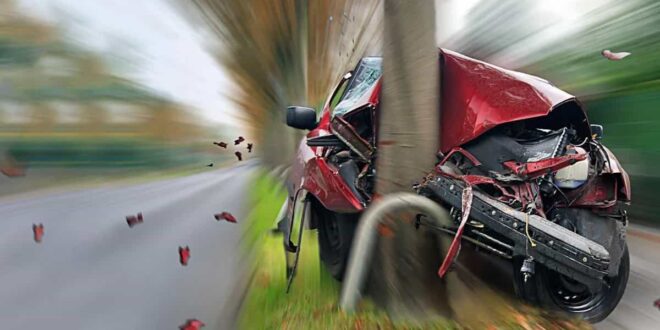If you’re ever experiencing strange problems with your car’s brakes, it’s important to find out what may be causing them. Brake problems can range from a simple squeak to complete loss of function, and there are many possible causes. We will explore some of the most common causes of brake problems and how to diagnose and fix them. We’ll also provide tips on how to prevent brake problems from happening in the first place, so you can keep your car safe and functioning at its best. So read on to learn everything you need to know about diagnosing and fixing car brakes!
What Causes Brake Problems?
There are a variety of factors that can cause brake problems in cars. Some common causes include:
- Worn or faulty brakes pads or discs – if the brake pads (or discs) become thin, worn, or discolored, they may not be able to stop the car effectively. This can lead to poor braking performance and even accidents. To prevent this from happening, it’s important to regularly check your brakes and replace any damaged parts as needed.
- Seized up or broken calipers – if one of the caliper pistons ( the hardware that makes the caliper work) is stuck or broken, the caliper may not be able to expand and stop the car. This can lead to a loss of braking power and even accidents. To prevent this from happening, it’s important to regularly inspect your brakes for signs of wear or damage, and replace any damaged parts as needed.
- Bent or corroded brake lines – if the brake lines become bent or corroded in some way, they may not be capable of providing enough pressure to stop the car effectively. This can lead to poor braking performance and even accidents. To prevent this from happening, it’s important to regularly check your brakes and replace any damaged parts as needed.
- Defective or worn brake discs – if the brake discs become warped, thinned out, or otherwise damaged, they may not be able to stop the car effectively. This can lead to poor braking performance and even accidents. To prevent this from happening, it’s important to regularly inspect your brakes for signs of wear or damage, and replace any damaged parts as needed.
How Do I Diagnose Brake Problems?
There are a few basic steps that you can use in order to diagnose brake problems. These steps include checking the brakes for signs of wear or damage, testing the braking system with a brake tester, and inspecting the calipers.
- Check for Signs of Wear or Damage – One important step in diagnosing brake problems is to check for signs of wear or damage. This includes looking for cracked discs, warped rotors, and other signs that indicate that your brakes are not functioning optimally. It’s also important to remember to inspect the pads and pistons as well; if either component is damaged, it can lead to poor braking performance.
- Test the Braking System with a brake tester – If you notice any signs of wear or damage, it’s important to test the braking system using a brake tester. This can help ensure that the problem is actually with the brakes themselves, and not something else entirely.
- Inspect the Calipers – Finally, it’s important to inspect the calipers in order to see if there are any signs of damage or wear. This includes looking for rusting, cracks, and other indications that your brakes may soon need replacement.
 Spot Dem Everything About Cars
Spot Dem Everything About Cars



